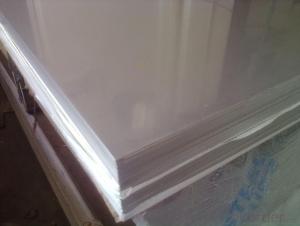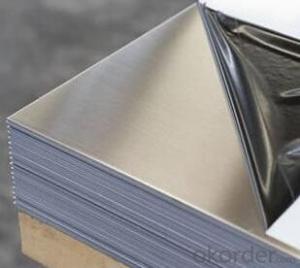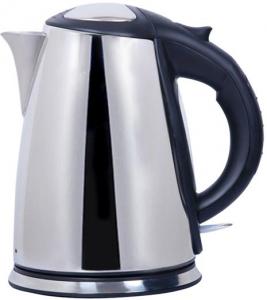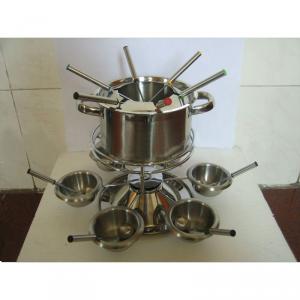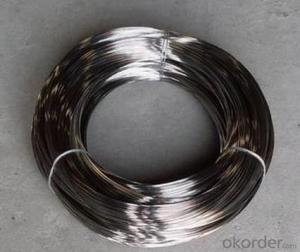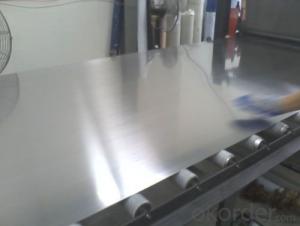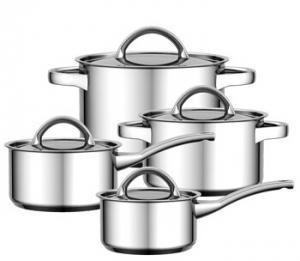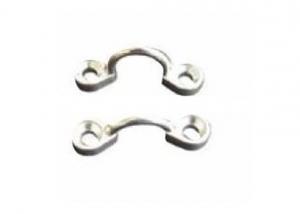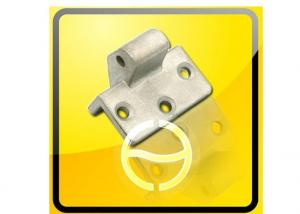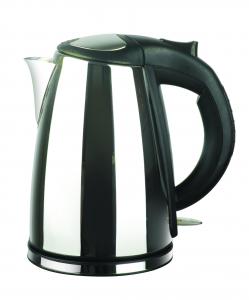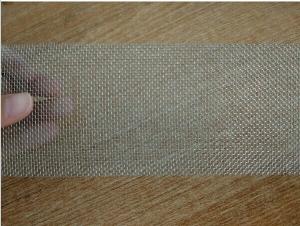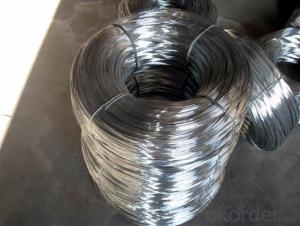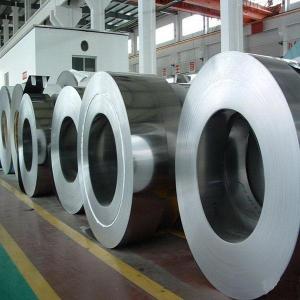Shine Stainless Steel
Shine Stainless Steel Related Searches
Citrus Shine Stainless Steel Cleaner Chain Stainless Steel Matte Stainless Steel Satin Stainless Steel Stainless Steel Matte Stainless Steel Eye Stainless Steel Sieve Stainless Steel Keychain Stainless Steel Sheeting Stainless Steel Hardware Stainless Steel Shot Chains Stainless Steel Stainless Steel Stainless Thin Sheet Stainless Steel Pipe Stainless Stainless Steel Chain Jewellery Stainless Steel Jewelery Grate Stainless Steel Stainless Steel Rope Chain Stainless Steel Jewellery Stainless Steel Glue Stainless Steel Shelve Gun Stainless Steel Stainless Steel Tie Wire Stainless Steel Cone Stainless Steel Neckless Stainless Steel Shelves Stainless Steel Chains Stainless Steel Bin Stainless Steel ShimsShine Stainless Steel Supplier & Manufacturer from China
Shine Stainless Steel offers a wide range of high-quality stainless steel products, including sheets, pipes, and bars, catering to various industries and applications. These products are known for their durability, corrosion resistance, and aesthetic appeal, making them ideal for both commercial and residential use. Whether it's for construction, kitchen equipment, or automotive parts, Shine Stainless Steel's offerings meet the diverse needs of customers seeking reliable and long-lasting materials.The application and usage scenarios of Shine Stainless Steel products are vast, as they are utilized in numerous sectors such as architecture, interior design, and engineering. Their versatility allows for the creation of both functional and visually appealing structures, making them a popular choice among designers and architects. Additionally, the products' resistance to rust and staining ensures that they maintain their appearance over time, even in challenging environments.
Okorder.com is a leading wholesale supplier of Shine Stainless Steel products, boasting a large inventory that caters to the demands of various industries. With a commitment to providing top-notch customer service and competitive pricing, Okorder.com ensures that customers receive the best value for their investment in Shine Stainless Steel products. Their extensive selection and reliable supply chain make Okorder.com the go-to source for all things stainless steel.
Hot Products
